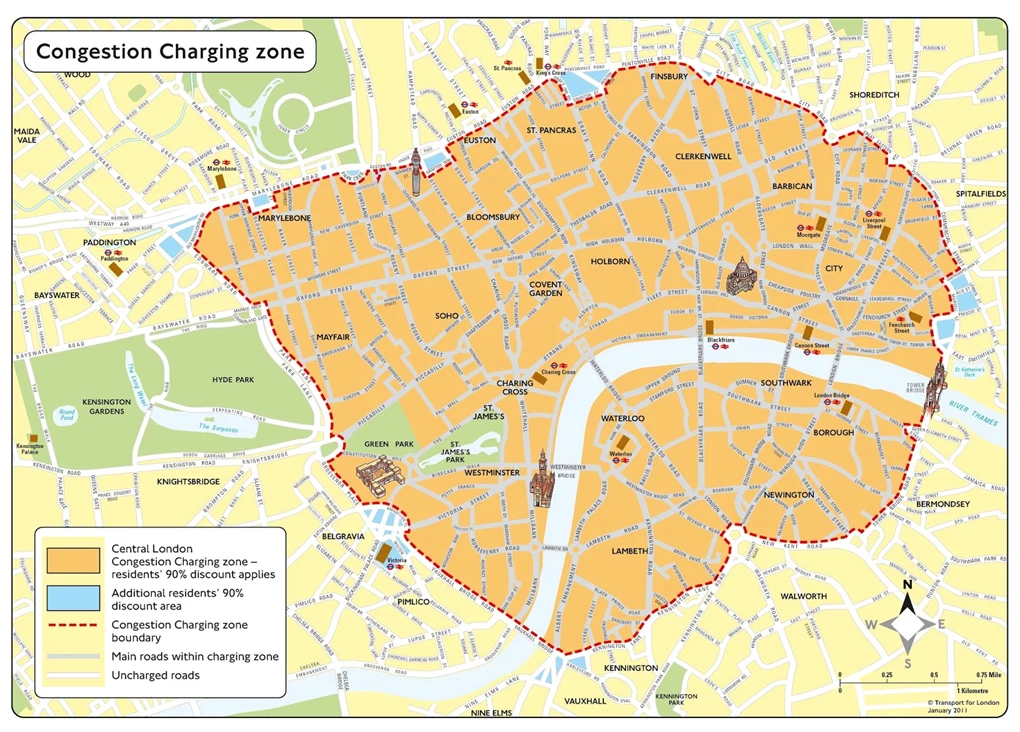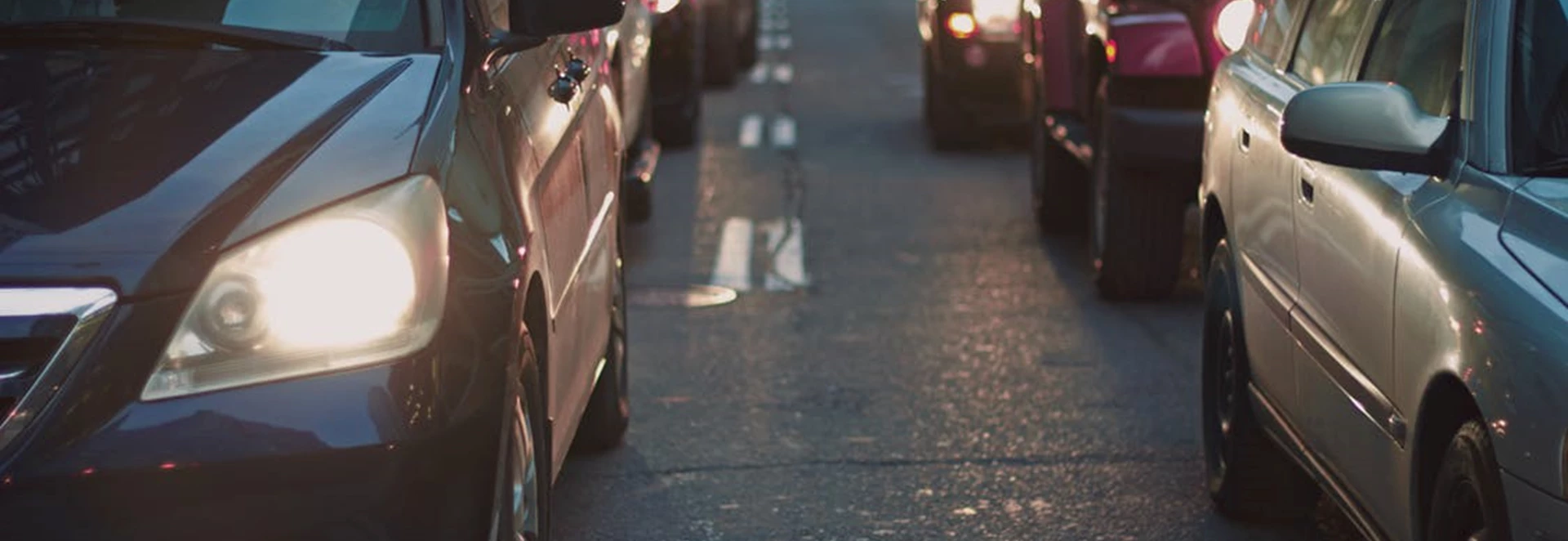From 23rd October 2017, vehicles travelling around central London will need to meet minimum exhaust emission standards or face a daily London T-charge alongside the existing congestion charge.
Before the new toxicity levy is enforced, we give you a full rundown of the current congestion charge zones in the capital.
What is the London Congestion Charge?
The London Congestion Charge applies to most vehicles entering central London between 07:00 and 18:00 every weekday. For an £11.50 daily fee, drivers can access the London congestion zones an unlimited number of times that day.
No fee is charged on weekends, public holidays or the period between Christmas and New Year.
Where is the London Congestion zone?
The Congestion Charge zone begins in west London at Hyde Park Corner, bordered to the north by Marylebone and finishes near Elephant and Castle in the south.
As London is one of the most densely populated cities in the world, the fee is intended to reduce high traffic flow in the central area and increase investment funds for London’s Transport System.

How to pay the London Congestion Charge?
A daily cost of £11.50 is applied to all vehicles travelling around the Congestion Charge zones. The easiest payment method is by registering for the Congestion Charge Auto Pay. This reduces the total by £1 allowing motorists to register each vehicle for £10.
Failure to pay the daily charge will result in the issuing of a Penalty Charge Notice (PCN). The penalty charge amounts to £130 or a reduced cost of £65 if paid within 14 days.
What is the London T-Charge?
From 23rd October 2017, a London T-Charge will be applied to all cars, vans, buses, coaches and heavy goods vehicles (HGV) entering central London.
The toxicity levy is a move by the UK government to support a greener transport system. The charge expected to hit 10,000 vehicles with the worst emissions, including cars registered before 2006.
Motorists can use an online vehicle checker on the Transport for London website to find out if they need to pay it.




